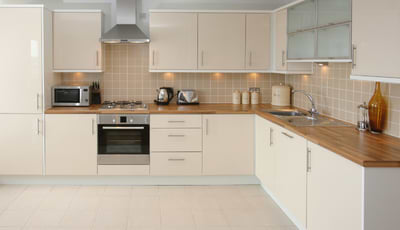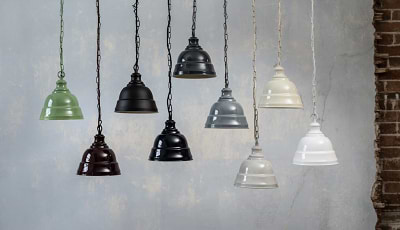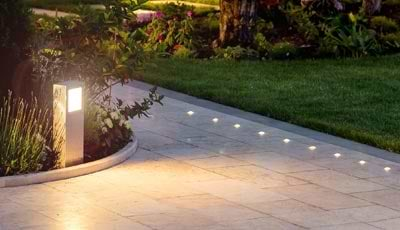Elesi Blog
Lighting Guides & Interior Design Tips
-
Outdoor Lighting Guide
There is so much choice when it comes to outdoor lighting. Choosing can become confusing when you take into consideration things such as the style... -
Cleaning Pendant Lighting
Pendant lights are often missed in a usual cleaning routine. And while these lofty features are harder to reach, they do need to be cleaned... -
The Best Types of LED Bulbs
LED lighting has changed so much over the years. Once an unsightly plastic covered diode, the humble LED has evolved to become so much more... -
The Ultimate Guide To Bedroom Lighting
We spend a lot of time in our bedrooms so getting the bedroom lighting right is worth the thoughtful consideration. Whether it’s ensuring you have... -
What Colours Go With Yellow?
Yellow is a cheerful and vibrant colour that can add a touch of sunshine to any space. It is often associated with happiness and positivity... -
Best Type of Lighting for a Kitchen
Whether you’re a professional chef with a culinary flair, entertaining friends, or simply cooking for the family, kitchen lighting is extremely important. Your space and... -
What Colours Go With Grey
Grey remains a hugely popular colour for interior design. It's highly versatile, can introduce warmth when combined with other colours, and it's suitable for a... -
How To Choose Your Pendant Light
There is no better way to complete a room than with a pendant light that truly complements your interior design choices. But with an abundance... -
Modern Garden Lighting Ideas
We look at some modern garden lighting ideas that can enhance your garden's appearance, functionality, and security.











